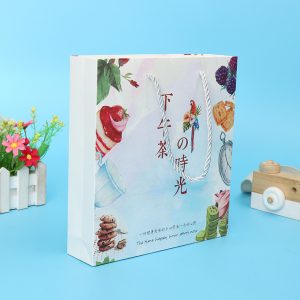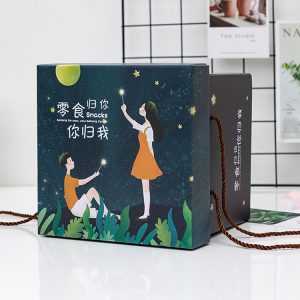Revolutionizing convenience food packaging trends involves embracing innovative and sustainable solutions that cater to evolving consumer needs, technological advancements, and environmental concerns. Here are some key trends that are reshaping convenience food packaging:
- Sustainable Materials: The shift towards eco-friendly packaging is gaining momentum. Brands are increasingly using biodegradable, compostable, and recyclable materials to reduce their environmental impact and meet consumer demands for sustainability.
- Minimalist Designs: As mentioned earlier, minimalist packaging is becoming popular for convenience foods. Clean, simple designs with clear product visibility appeal to consumers looking for easy-to-understand packaging.
- Smart Packaging: Incorporating smart technologies in convenience food packaging enhances functionality and food safety. Smart packaging may include freshness indicators, time-temperature sensors, and QR codes for product information and traceability.
- Single-Serve and Portion-Controlled Packaging: With the rise in on-the-go lifestyles and smaller households, single-serve and portion-controlled packaging is in demand. These packaging options reduce food waste and cater to consumers seeking convenience and freshness.
- Reusability and Refillable Packaging: Brands are exploring reusable containers and refill stations to minimize single-use waste. Refillable packaging encourages customers to return containers for replenishment, reducing the need for new packaging.
- Active and Intelligent Packaging: Active packaging solutions, such as oxygen absorbers or moisture control, can extend the shelf life of convenience foods. Intelligent packaging uses sensors and indicators to monitor the product’s condition and freshness.
- Stand-Up Pouches and Flexible Packaging: Lightweight and space-efficient stand-up pouches and flexible packaging are replacing traditional rigid containers for their reduced material usage and lower transportation costs.
- Modified Atmosphere Packaging (MAP): MAP extends the shelf life of perishable convenience foods by modifying the gas composition inside the package to slow down deterioration.
- User-Friendly Packaging: Packaging that is easy to open, resealable, and microwave-safe enhances the convenience factor for consumers.
- Cohesive Branding and Storytelling: Brands are using packaging as a canvas for storytelling and conveying brand values, creating a connection with consumers beyond just the product itself.
- Edible Packaging: Edible packaging made from natural materials is an emerging trend that eliminates waste entirely, as consumers can eat the packaging along with the food.
- Hygienic Packaging: Innovations in antimicrobial coatings and materials are addressing concerns about food safety and contamination.
- Personalization and Customization: Packaging that allows for personalization, such as adding names or messages, creates a unique and engaging experience for consumers.
- Augmented Reality (AR) Packaging: AR elements on packaging can provide interactive content, games, or recipes, enhancing consumer engagement and value.
By embracing these convenience food packaging trends, brands can offer more sustainable, user-friendly, and engaging products, meeting the evolving needs and preferences of modern consumers. Additionally, these trends contribute to reducing waste and environmental impact, fostering a more sustainable future for the convenience food industry.








